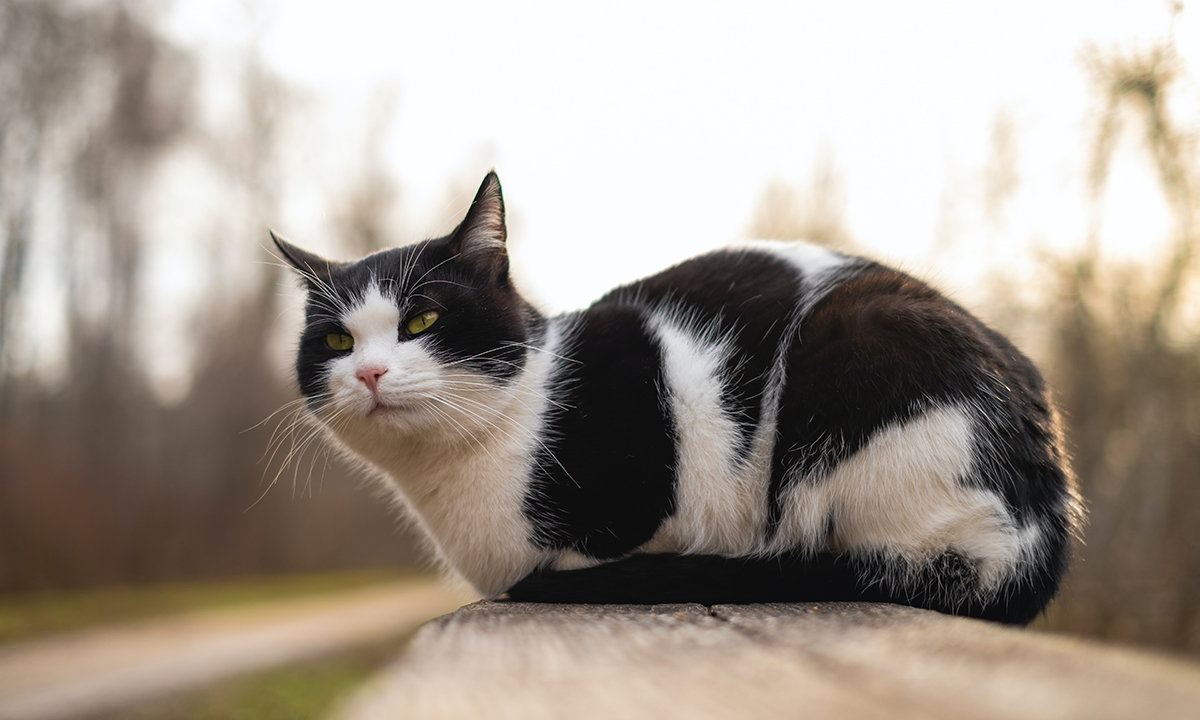Standing up for the veterinary profession
08 Aug 2024
27 Jun 2023 | Anna Judson
Microchipping is a safe, effective, and permanent way to identify individual animals, including cats. In this blog, BVA President Anna Judson discusses why so many cats aren't chipped, and debunks the key misconceptions.

Microchipping cats has become a routine practice in veterinary care, ensuring a safe return home if they stray too far. Yet the 2023 PDSA Paw Report reveals that only 75% of cats are currently microchipped, with a significant number of cat owners unaware of the incoming legislation making feline microchipping compulsory for cats over 20 weeks from June 2024.
Every vet will have a memorable reunification story. Mine is of an inquisitive cat whose owner saw him in her front garden at 9am and by 10am she had received a call to say he was at the vets in a town 12 miles away with a broken leg. He must have been trapped in a delivery van, escaping into oncoming traffic when the door was reopened. That was in the early years of microchips and the story reached the front page of the local newspaper generating a keen interest in microchipping from other pet owners. No social media to amplify messages in those days.
I vividly recall the last-minute rush and owner panic in 2016 when microchipping of dogs came into law. The week before the deadline was chaotic with the phones ringing off the hook and the practice beset with queues of worried pet owners. It would be fantastic if already stretched veterinary teams can be spared a repeat next June!
The microchipping process is straightforward when done routinely but under pressure there is a multitude of potential error risk points. Fool proof accuracy when inputting chip numbers and client details onto practice PMS systems and chip databases is vital and requires time and patience. Not easy when there is pressure to move on quickly to the next one and limited computer terminals. Regardless of how effective Team Vet is at encouraging uptake over the next year it is worth practice teams planning for some last-minute rush next June by creating practice check lists and systems to reduce error margins.
Microchip misconceptions abound and I’ve listed below some common ones with some words that may help vet teams when planning their own local media messaging about the new law and requirements:
Good luck Team Vet with your cat microchipping awareness campaigns over the next year, do share your progress and reunification stories as this really helps build interest and understanding of the importance of microchipping.
Get tailored news in your inbox and online, plus access to our journals, resources and support services, join the BVA.
Join Us Today